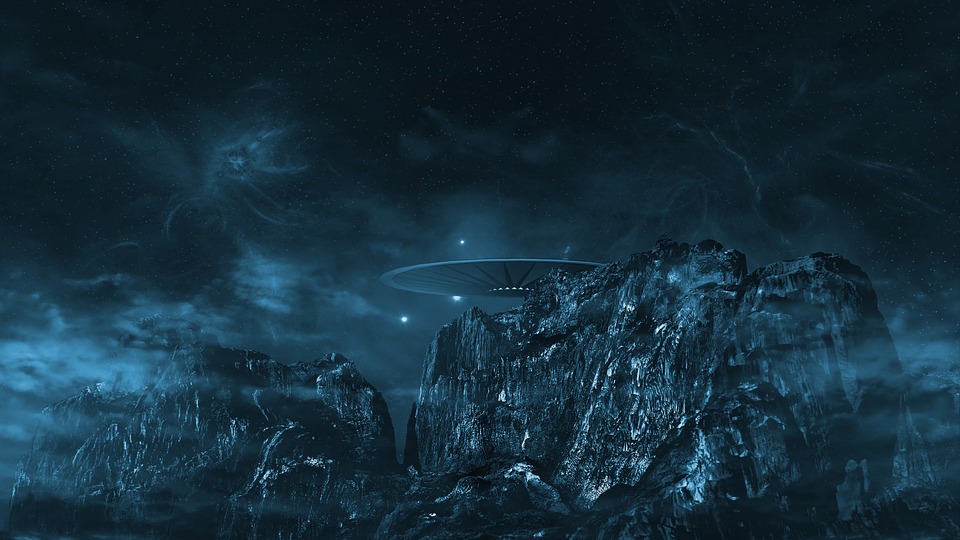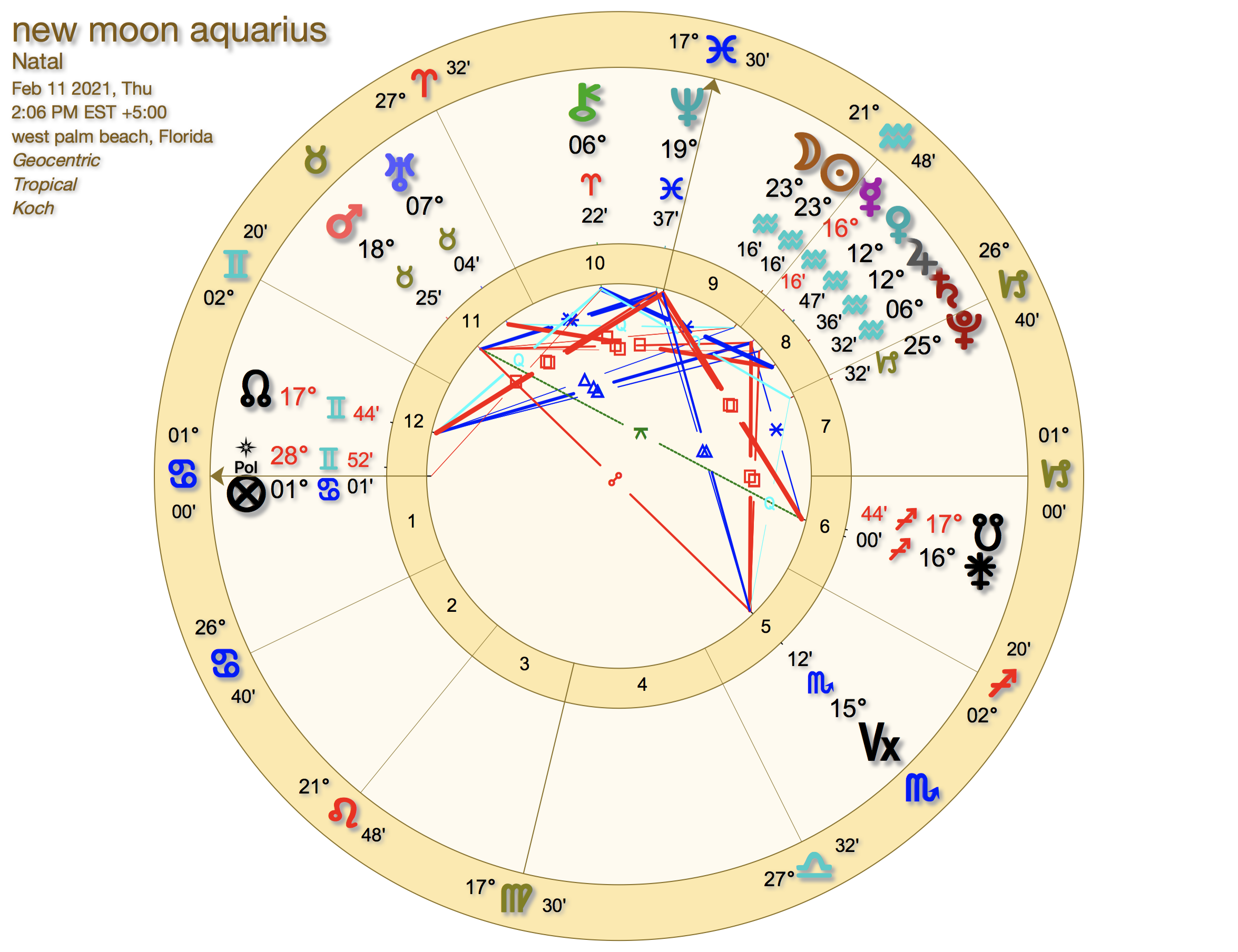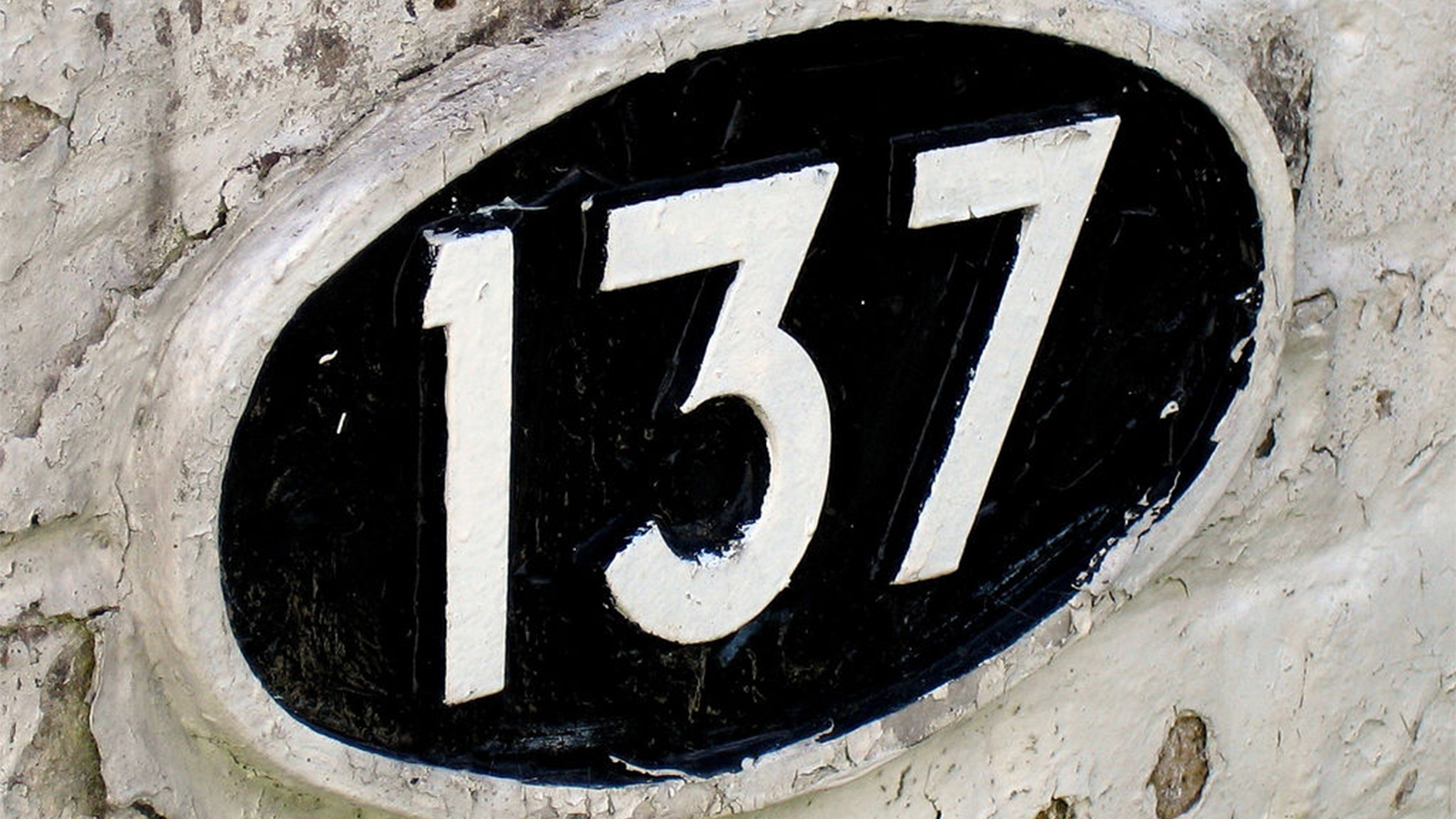 When Harvard Professor John Mack took up the cause of alien abductees and attested that their experiences were real, he infuriated academia with his claims and was met with harsh criticism. Even though he was a tenured professor, head of the psychiatry department of the Harvard Medical School and winner of the Pulitzer Prize, in 1994, Harvard carried out a 14-month investigation of his research, but ultimately backed away from dismissing him. They somewhat sheepishly concluded that Mack could conduct research any subject he liked. Ten years later, and after publication of two books of alien abductions, he was killed in London when he was struck by a drunk driver. For a fascinating interview with Mack by PBS, look here.
When Harvard Professor John Mack took up the cause of alien abductees and attested that their experiences were real, he infuriated academia with his claims and was met with harsh criticism. Even though he was a tenured professor, head of the psychiatry department of the Harvard Medical School and winner of the Pulitzer Prize, in 1994, Harvard carried out a 14-month investigation of his research, but ultimately backed away from dismissing him. They somewhat sheepishly concluded that Mack could conduct research any subject he liked. Ten years later, and after publication of two books of alien abductions, he was killed in London when he was struck by a drunk driver. For a fascinating interview with Mack by PBS, look here.
Now, decades later, mainstream science continues to snub research into UFOs and alien visitors. The taboo makes any scientist pursuing the subject immediately suspect. The latest scientist to step into the UFO/alien academic target zone is another highly accredited Harvard guy.
Avi Loeb is the longest-serving chair of astronomy at Harvard, has published hundreds of pioneering papers, and has collaborated with greats like the late Stephen Hawking. That makes him difficult to dismiss outright.
In his new book, “Extraterrestrial: The First Sign of Intelligent Life Beyond Earth, Loeb spells out the reasons he believes an object named ‘Oumuamua — “scout” in Hawaiian—that passed through the solar system in 2017 is an alien object. He also takes on the scientific mainstream’s unwillingness to look at the subject.
“The correct approach is to be modest and say: ‘We’re nothing special, there are lots of other cultures out there, and we just need to find them,'” Loeb said in an interview with Agence France-Presse, published Feb. 6.
The facts are as follows, as spelled out in the article.
In October 2017, astronomers observed an object moving so quickly, it could only have come from another star — the first recorded interstellar interloper.
It didn’t seem to be an ordinary rock, because after sling shotting around the Sun, it sped up and deviated from the expected trajectory, propelled by a mysterious force.
This could be easily explained if it was a comet expelling gas and debris — but there was no visible evidence of this “outgassing.”
The traveler also tumbled in a strange way — as inferred by how it got brighter and dimmer in scientists’ telescopes, and it was unusually luminous, possibly suggesting it was made from a bright metal.
There are two shapes that fit the peculiarities observed — long and thin like a cigar, or flat and round like a pancake, almost razor thin.
Loeb says simulations favor the latter, and believes the object was deliberately crafted as a light sail propelled by stellar radiation.
In order to explain what happened, astronomers had to come up with novel theories, such as that it was made of hydrogen ice and would therefore not have visible trails, or that it disintegrated into a dust cloud.
“These ideas that came to explain specific properties of ‘Oumuamua always involve something that we have never seen before,” said Loeb.”If that’s the direction we are taking, then why not contemplate an artificial origin?”
Discovering there’s intelligent life beyond our planet could be the most transformative event in human history — but what if scientists decided to collectively ignore evidence suggesting it already happened? Asks the French news agency in the article.
Writing in Forbes, astrophysicist Ethan Siegel called Loeb a “once-respected scientist” who, having failed to convince his peers of his arguments, had taken to pandering to the public.
Loeb, for his part, protests a “culture of bullying” in the academy that punishes those who question orthodoxy — just as Galileo was punished when he proposed the Earth was not the center of the universe.
For the complete story, look here.














